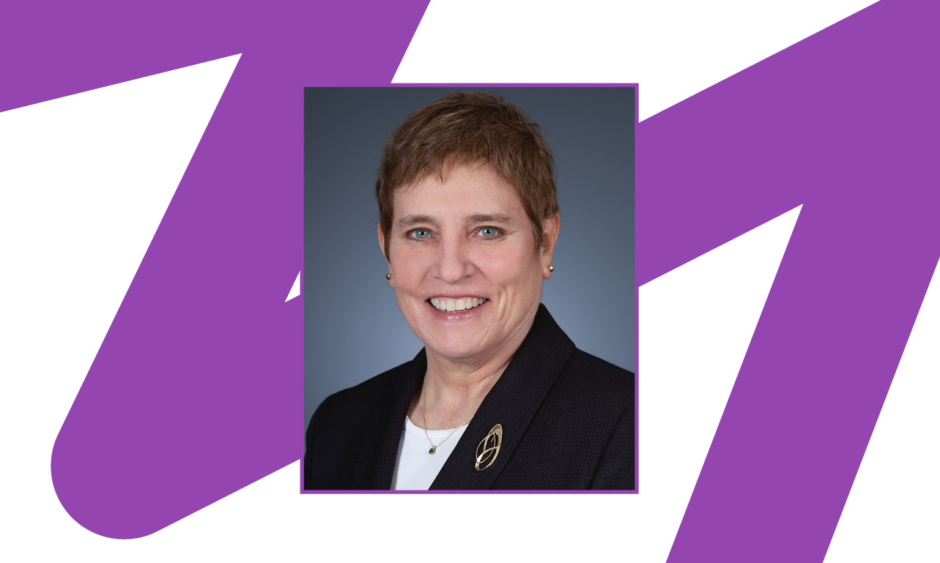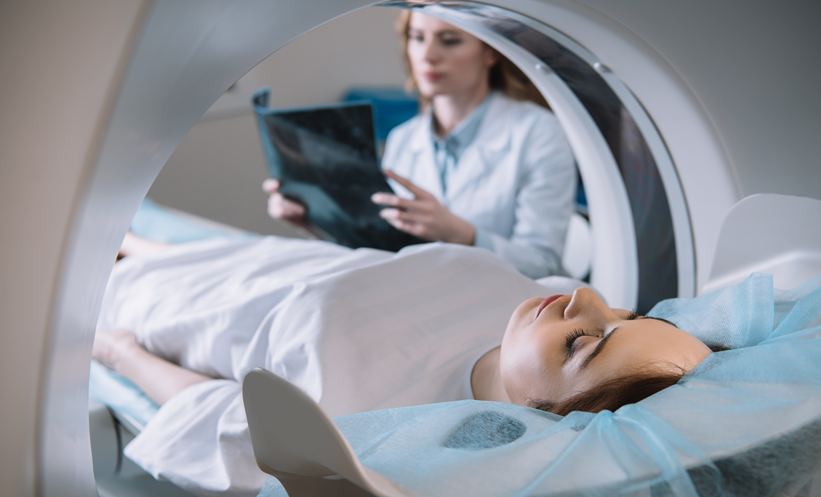Katherine P. (Kathy) Andriole | Associate Professor of Radiology, Brigham and Women’s Hospital, Harvard Medical School, and Director of Academic Research and Education Mass General Brigham (MGB) Data Science Office, Boston, Massachusetts, USA
Citation: EMJ Radiol. 2023;4[1]:55-58. DOI/10.33590/emjradiol/10303296. https://doi.org/10.33590/emjradiol/10303296.
![]()
You initially studied biomedical engineering, and electrical engineering and medicine at Duke University, Durham, North Carolina, USA, and Yale University, New Haven, Connecticut, USA, respectively. Following this, what led you to pursue a career in radiology?
Through my engineering work, I was particularly interested in signal processing, and signals in computers are really just ones and zeros that you can manipulate mathematically. For me, the signal I chose to study was the medical image, which led me to become fascinated with radiology, and the potential that signal processing could lead to new medical knowledge through the field of radiology. When I was in graduate school, MRI and PET were relatively novel from a clinical standpoint, and I had the opportunity to see fascinating uses of MRI, PET, and CT to image patients and provide additional clinical information. For me this is where it all started, studying medical imaging signals from an electrical engineering perspective.
Do you think there are any misconceptions about the field of radiology, and what a radiologists’ role in healthcare is?
I think that there are some key misunderstandings about the field. Firstly, I think a lot of people do not understand that radiologists are physicians, and that they do more than just interpret images. They are critically involved in diagnostics and patient management. As an example, in cancer medicine, radiologists have acutely nuanced relationships with oncologists, helping to determine whether lesions are improving based on imaging data or not. Through interventional radiology, the role of the radiologist is both therapeutic and diagnostic. Overall, I think of the radiologist as a signal or knowledge broker, assimilating data from the images and the medical record to provide clinicians with the best information for patient management and the patient with the best possible care.
Throughout your education and career, you have studied and worked at numerous illustrious institutions across the USA. Where do you believe that you gained the most experience, and do you believe that switching institution was integral for you to make it to where you are today?
While I stayed for many years at each institution, I do think experiencing multiple places and academic cultures can be beneficial. During my undergraduate education at Duke University, my mentor, the late Theo Pilkington, suggested that I go elsewhere for graduate school to learn different opinions and perspectives. I found my time at the University of California San Francisco (UCSF), USA, to be particularly integral to the activities I am now doing. My activities were very multidisciplinary, working with digital images and with specialists in radiology and other fields. This gave me an idea of how to go beyond the publishing of a paper, to actually implementing technologies into clinical practice. It was a wonderful experience, and a lot of fun.
You were instrumental in designing and implementing picture archiving and communication systems (PACS). Can you tell our readers more about the work required to design this system and the value it provides for healthcare professionals?
Previously, radiology practice was entirely film-based. The accumulation of imaging data was increasing rapidly, and becoming very costly to manage on film. PACS allows radiologists to acquire different images digitally, and store and transmit them digitally. Instead of individuals walking film from one place to another, we can now transmit images over networks, store images digitally, and visualise them on computers, all of which has tremendous economic and workflow benefits. This means that you could have an individual in the radiology department and someone in the emergency department looking at the same emergent imaging exam simultaneously, increasing the efficiency of patient care. Today, much of the developed world uses PACS.
You hold positions with several radiological societies. Can you talk about some of the work these societies do to educate radiologists and other healthcare professionals about the field of radiology?
I think it is important to participate in professional societies. I feel societies enable peers to collaborate and exchange information. I believe one of the key roles of these societies is education. The European Society of Radiology (ESR), UK Radiological Congress (UKRC), Radiological Society of North America (RSNA), and Society for Imaging Informatics in Medicine (SIIM) all share a core philosophy, which is to educate professionals. One of the most interesting things about radiology is how frequently it changes, requiring us to adopt new technology quickly. We constantly have to teach people about these new advances. I have worked in academic healthcare institutions throughout my whole career, but many people are in private practice and they do not have the opportunity to see these novel technologies as early as we do, so I think education is extremely important to reach everyone.
What are the main aims you hope to achieve by working with these organisations?
I feel that it is the responsibility of every professional to be engaged and involved in their professional organisation. I consider it an unwritten role that one plays. I have had a wonderful time participating in these societies; for example, discussing machine learning, informatics standards, and new technologies with experts from all over the world, who have dedicated their careers to the subjects. Talking and combining knowledge with people of different backgrounds allows you to expand your knowledge and truly make an impact on a broader scale.
How does your involvement as an Associate Editor of both the Radiology: Artificial Intelligence and the Journal of Medical Imaging allow you to share your specialist knowledge about digital radiography, medical informatics, and machine learning?
I see the role of associations with journals, or at least contributing to reviewing papers, as another professional obligation. Again, this is a form of education and knowledge dissemination. As a reviewer, you see exciting papers come in that may not be articulated as well as they could be, or sometimes may have errors in methodology. You can give the authors constructive feedback, enabling them to resubmit their papers and improving the quality of the science that is disseminated. As an associate editor you are guiding authors and making sure that important information is shared, and you act as a gatekeeper to assure good science is communicated properly.
As an educator, where can we expect to see the focus of your teaching lie over the next few years?
My focus is on educating radiologists and other medical professionals on the practical, clinical aspects of machine learning. I feel our residents at Brigham and Women’s Hospital, Boston, Massachusetts, USA, and Massachusetts General Hospital, Boston, USA, and all residents, should know some basic fundamentals of machine learning, know how to read the literature, implement the tools, assess the outcomes, and note problems when they arise in the applications that they use. I do not know exactly what the next technology will be, but I feel it is very important for clinicians to understand these tools that they will ultimately use clinically. We do not necessarily need them to be computer programmers, but they need some skills and a foundational background to allow multidisciplinary collaboration between data scientists, radiologists, and other healthcare providers to produce the best results.
How have you personally acquired the leadership skills to perform in your role as Director of Academic Research and Education at the MGB Data Science Office?
I have never really had any formal leadership training, but I learned on the job because I had to. I found a large portion of leadership was learning how to speak to people in their language, understanding what it is they needed in their positions, and how they did their work. Healthcare is so vast and complicated that you cannot possibly be an expert in everything. It is about knowing how you can use your expertise to work together and move the whole field forward faster.
What are the most significant changes that you have seen in the field of radiology during your time working as an innovator and an educator in the speciality? And are there any innovations on the horizon in the field of radiology that you are excited about, or think are particularly noteworthy?
When I started studying signal processing and I chose medical images as my signal, we did not have digital imaging per se. Now, we have technologies such as PACS and digital radiography, and the workstations to visualise digital images, so we have this wonderful treasure trove of data to analyse. This is a blessing and a curse. Now that we have digital data and high performant computers, we can use machine learning to analyse this data. I am very interested in the translational aspect of implementing machine learning models in the clinical arena, and seeing the impact on patient care. I think this needs to be the focus for radiology: putting tools into clinicians’ hands, improving workflow for radiologists, and removing human error through machine learning. These are the things I am excited about, and that I would like to continue to work on in
the future.








